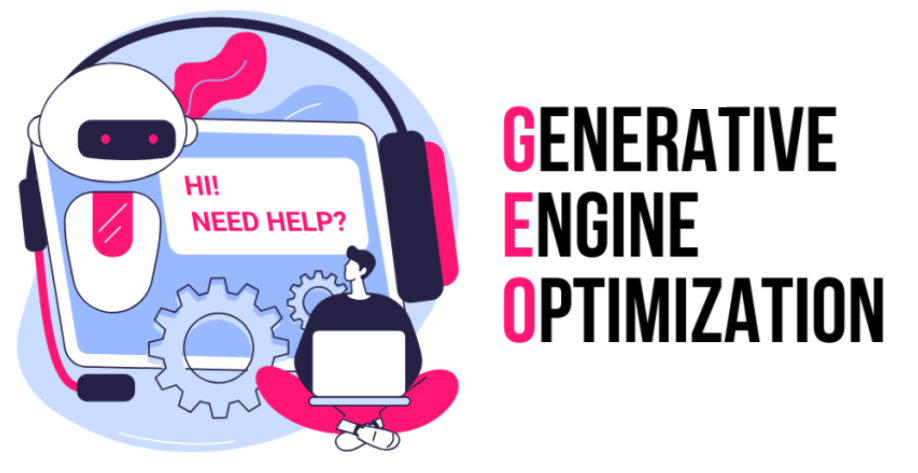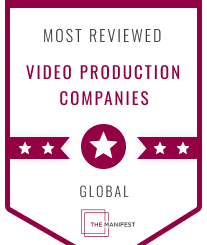What is Generative Engine Optimization (GEO)?
In the evolving landscape of digital marketing and SEO, a new term has begun gaining traction: Generative Engine Optimization (GEO). As AI-powered tools like ChatGPT, Google SGE (Search Generative Experience), and Microsoft Copilot become integral to how people search for information, traditional SEO strategies are no longer sufficient. Generative Engine Optimization represents a paradigm shift, focusing on optimizing content not just for search engines, but for generative AI systems that synthesize information to provide direct answers.
Understanding the Basics of GEO
Generative Engine Optimization is the practice of structuring and creating online content in a way that increases the chances of it being sourced, cited, or used by generative AI tools in their responses. Unlike traditional SEO, where the goal is to rank on the first page of Google, GEO’s aim is to become part of the content that AI systems aggregate and present to users.
Key Differences from Traditional SEO:
- Search Intent vs. Answer Intent: Traditional SEO focuses on matching search intent. GEO emphasizes “answer intent” — ensuring that content is framed to be directly quoted or summarized by AI.
- Ranking vs. Referencing: In SEO, the goal is high SERP rankings. In GEO, the goal is becoming a trustworthy, structured source that LLMs (large language models) pull from.
- User Journey vs. AI Training Sets: SEO content targets user navigation; GEO content is optimized for AI summarization and response generation.
Why GEO Matters in 2025 and Beyond
With Google’s SGE and other AI-generated answers becoming the new front-page experience, clicks and impressions are now filtered through generative responses. Users increasingly rely on quick, summarized results rather than scanning multiple links. This shift makes it critical for websites to:
- Be included in the AI’s training datasets or indexed summaries.
- Structure data clearly so AI tools can parse and understand it.
- Use expert-level information with credible sourcing.
Websites that don’t adapt risk becoming invisible, even if they rank well in traditional search engines.

How to Implement Generative Engine Optimization
1. Use Structured, Fact-Based Writing
AI tools prefer data-rich, clearly structured content. Use:
- Bullet points and numbered lists
- Tables and comparisons
- Subheadings (H2/H3) with clear hierarchy
2. Answer Specific Questions
Use natural language to answer commonly searched questions directly. For example:
- What is [Topic]?
- How does [Topic] work?
- What are the benefits of [Topic]?
This improves chances of your content being quoted in an AI answer box.
3. Embed Credible Sources and Citations
Generative AI prioritizes trustworthy sources. Link to official sites, academic research, and established publications to enhance your content’s credibility.
4. Emphasize Author Expertise (E-E-A-T)
Showcase the author’s credentials, experience, and expertise. Include author bios and professional history. GEO favors content that reflects Experience, Expertise, Authoritativeness, and Trustworthiness.
5. Include Metadata and Schema Markup
Structured data helps both search engines and AI understand the context of your content. Use appropriate schema (FAQ, How-To, Article) to reinforce your content’s purpose.
6. Keep Content Updated and Relevant
Generative engines prefer up-to-date information. Regularly refresh your articles with the latest insights, stats, and best practices.
Tools That Help With GEO
- Ahrefs & SEMrush: For identifying low-competition questions and keywords.
- Google’s SGE Snapshot: Observe what types of content are being summarized.
- GPT-based Tools (e.g., ChatGPT): Test how your content appears in AI-generated answers.
- Schema.org Markup Generator: To build structured metadata.
Final Thoughts
Generative Engine Optimization isn’t a replacement for traditional SEO — it’s an evolution. As users increasingly interact with AI-driven tools for answers and insights, adapting your content for these platforms is essential. GEO is about being AI-readable, credible, and structured in a way that enables AI systems to confidently surface your content.
By investing in GEO strategies today, content creators and marketers can stay ahead of the curve, ensuring continued visibility in a rapidly changing digital ecosystem.



